First you need to do is understand login flows. You should understand if you easily want to switch through the different Facebook libraries. Therefore it can have code that is very verbose to code that is very simple based on implementation.
The next thing is that there are different ways to implement handling OAuth and different ways to display and launch your web app in Python. There is no way to authorize without hitting a browser. Otherwise you would have to keep copy pasting the access_token to the code.
Let's say you chose web.py to handle your web app presentation and requests.py to handle the Graph API HTTP calls.
import web, requests
Then setup the URL we want all request to go through
url = (
'/', 'index'
)
Now get your application id, secret and post-login URL you would like to use
app_id = "YOUR_APP_ID"
app_secret = "APP_SECRET"
post_login_url = "http://0.0.0.0:8080/"
This code will have one class index to handle the logic. In this class we want to deal with the authorization code Facebook will return after logging in

user_data = web.input(code=None)
code = user_data.code
From here setup a conditional to check the code
if not code:
# we are not authorized
# send to oauth dialog
else:
# authorized, get access_token
Within the "not authorized" branch, send the user to the dialog
dialog_url = ( "http://www.facebook.com/dialog/oauth?" +
"client_id=" + app_id +
"&redirect_uri=" + post_login_url +
"&scope=publish_stream" )
return "<script>top.location.href='" + dialog_url + "'</script>"
Else we can extract the access_token using the code received
token_url = ( "https://graph.facebook.com/oauth/access_token?" +
"client_id=" + app_id +
"&redirect_uri=" + post_login_url +
"&client_secret=" + app_secret +
"&code=" + code )
response = requests.get(token_url).content
params = {}
result = response.split("&", 1)
for p in result:
(k,v) = p.split("=")
params[k] = v
access_token = params['access_token']
From here you can choose how you want to deal with the call to update the status, for example a form,
graph_url = ( "https://graph.facebook.com/me/feed?" +
"access_token=" + access_token )
return ( '<html><body>' + '\n' +
'<form enctype="multipart/form-data" action="' +
graph_url + ' "method="POST">' + '\n' +
'Say something: ' + '\n' +
'<input name="message" type="text" value=""><br/><br/>' + '\n' +
'<input type="submit" value="Send"/><br/>' + '\n' +
'</form>' + '\n' +
'</body></html>' )
Or using face.py
from facepy import GraphAPI
graph = GraphAPI(access_token)
try:
graph.post(
path = 'me/feed',
message = 'Your message here'
)
except GraphAPI.OAuthError, e:
print e.message
So in the end you can get a slimmed down version like
import web
from facepy import GraphAPI
from urlparse import parse_qs
url = ('/', 'index')
app_id = "YOUR_APP_ID"
app_secret = "APP_SECRET"
post_login_url = "http://0.0.0.0:8080/"
user_data = web.input(code=None)
if not user_data.code:
dialog_url = ( "http://www.facebook.com/dialog/oauth?" +
"client_id=" + app_id +
"&redirect_uri=" + post_login_url +
"&scope=publish_stream" )
return "<script>top.location.href='" + dialog_url + "'</script>"
else:
graph = GraphAPI()
response = graph.get(
path='oauth/access_token',
client_id=app_id,
client_secret=app_secret,
redirect_uri=post_login_url,
code=code
)
data = parse_qs(response)
graph = GraphAPI(data['access_token'][0])
graph.post(path = 'me/feed', message = 'Your message here')
For more info see
* Facebook API - User Feed: http://developers.facebook.com/docs/reference/api/user/#feed
* Publish a Facebook Photo in Python – The Basic Sauce: http://philippeharewood.com/facebook/publish-a-facebook-photo-in-python-the-basic-sauce/
* Facebook and Python – The Basic Sauce: http://philippeharewood.com/facebook/facebook-and-python-the-basic-sauce/
